Author:
Jen Rogers @jen33travel and Jenrogers33.com
Most people are completely taken by surprise when I say that one of my all-time favourite national parks is California’s Death Valley National Park. With site names like Badwater Basin, Funeral Mountain, Coffin Canyon and Devil’s Golf Course, I can see why you might be taken back. But let me tell you, Death Valley has a lot to offer and its diversity is what I love the most about it – except in Summer. In Summer, it’s miserable – record breaking heat. Stay away in the Summer!
Here’s my top 5 incredible and unique things to see in Death Valley:
Artist’s Drive:
Artist’s Drive is a beautiful 9-mile scenic loop that weaves across gently sloping mountains with twists and turns past some of the most unique landscape in Death Valley. The highlight of the trip is Artist’s Palette, an area compromised of vibrant colourful soils in shades of pinks and greens. There is really nothing quite like it. Your photos will look photoshopped as if you over saturated them. The unique shades are caused by oxidation of metals. There are bright reds and pinks from concentrations of iron, manganese produces the purples and the incredible shades of turquoise are the result of decomposition of tuff-derived mica.
If you’re headed to Furnace Creek, it’s worth taking the long way and making the side trip down Artist’s Drive. You won’t want to miss it.
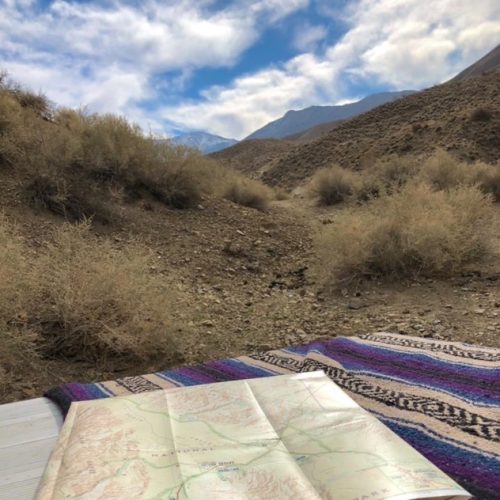
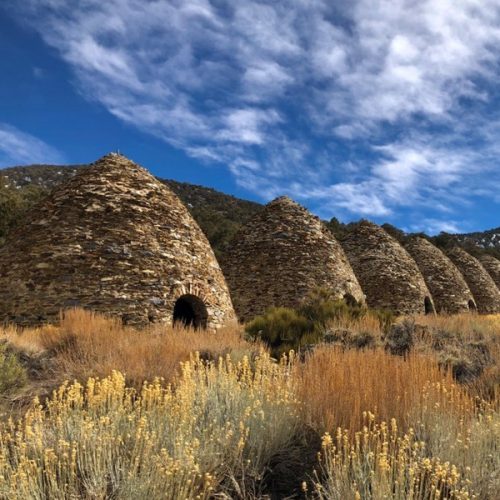
Wildrose Charcoal Kilns:
If you want to beat the heat of the valley floor, the Wildrose Charcoal Kilns at an elevation of 6,800 feet are the perfect spot to visit. I love this part of the park. It’s far away from the concentration of tourist attractions and less crowded. Plus, I always love being in higher elevation. There are 10 beehive shaped kilns all in a row. They were completed in 1877 by the Murdock Consolidated Mining Company to provided fuel for smelters located near the lead-silver mines about 25 miles away. However, the kilns did not operate long as they found more efficient and profitable ways to process raw ore. They are super interesting to visit and you can walk around inside them. They are in extremely good condition which is probably owed to the fact that they weren’t in use very long.
If you decide to visit in the winter, beware. The roads to the kilns get quite icy and it snows up there. I learned about icy roads there the hard way. Yes, snow in Death Valley! Are you surprised?
Ubehebe Crater:
I personally love Ubehebe Crater. I think it’s absolutely beautiful. My husband on the other never quite understands my fascination with what he finds to be a boring stop. Lucky for me, it’s on the way to the turn off for Racetrack Playa in the north end of the park so he always lets me stop.
Ubehebe Crater is huge – over a half mile across and 600 feet deep. It’s part of Death Valley’s maar volcanoes – the largest and last to form, probably about 300 years ago. A maar is formed by underground explosions that occur when hot magma comes into contact with shallow ground water producing a violent steam explosion.
I love its rich colours and find it quite awe-inspiring. If you have time, take a hike down into the crater. Just don’t forget, what goes down must come back up.
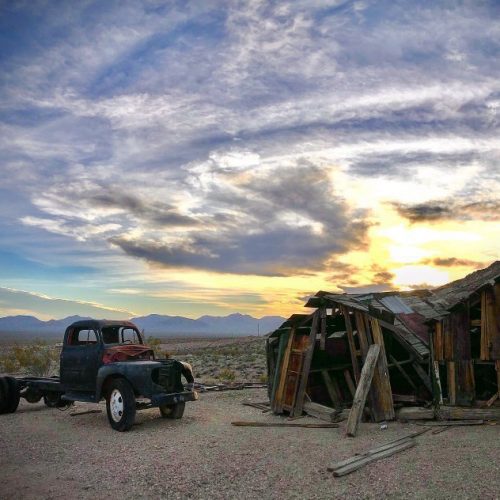

Rhyolite Ghost Town:
Rhyolite is 35 miles from the Furnace Creek Visitor Center on the way to Beatty, Nevada.
After discovering gold in the region, several mining camps including Rhyolite sprung up. What was different about Rhyolite was how incredibly lucrative mining was there. Its gold ore brought in as much as $16,000 per ton.
What started as a two-tent mining camp expanded almost overnight into the epicentre of the Bullfrog Mining District. Yet this boomtown that was once home to three train lines, three newspapers, three swimming pools, three hospitals, two undertakers, an opera, a symphony and 53 saloons, declined as quickly as it came to life. The high-grade ore diminished and the crippling of the rail service after the 1906 San Francisco earthquake brought it to a swift end.
Ruins of the gold-mining town including historic sites and art installations remain today to be explored.
One of my favourite spots here is the Tom Kelly Bottle House. Kelly collected over 50,000 glass bottles and built a 3-room house with a porch that for some reason always reminds me of Hansel & Gretel. There was a lot of hubbub in town over the house being built so instead of moving in, Kelly raffled it off at $5 per ticket. In 1925, Paramount Pictures restored the home giving it a new roof and using it as a movie set.
Titus Canyon: I love combining a day trip to Rhyolite with a drive through Titus Canyon. Titus Canyon is a one-way dirt road spanning 27 miles (the last few are 2-way) through rough, rugged mountains with steep and narrow turns. There are parts where the canyon walls shrink down to less than 20 feet apart. The drive passes colourful rock formations and unique landscape and is definitely the more scenic way back from Rhyolite.
Take note that the road through Titus Canyon is often closed due to snow, mud, or wash outs. High clearance is advisable.
Sand Dunes:
Eureka Dunes
The Eureka Dunes are truly otherworldly. They are located 97 miles from Furnace Creek off a long and lonely dirt road where 4WD is highly recommended.
Although the dunes are quite small, spanning an area only 3 miles long and a mile wide, they are the tallest dunes in California, rising almost 700 feet above the surrounding dry lakebed. Interestingly, as you’re driving out there and the dunes first come into view on the horizon, they are dwarfed by the impressive limestone Last Chance Mountains encompassing them – giving the illusion that perhaps the dunes aren’t quite as tall as they say. But as you draw closer ,you will begin to realise your mistake. In fact, just take a hike up and your legs will make you a believer.
Like many dunes, the climb is steep and loose sand gives way beneath your feet so for every 2 steps forward, you take one step back. But it’s worth the effort, as you will be rewarded with sweeping views and might be lucky enough to experience an incredibly unique phenomenon. If the sand is completely dry, you might hear the dunes sing. As dry sand avalanches down the steepest faces of the dunes, it creates what some describe as a “boom” but what others call nature’s song.
My favourite part about these singing dunes is the solitude. No sand-boarding or off-road vehicles are allowed. You can literally get lost in the silence. Just be warned, there are no services anywhere near there, so go prepared with a full tank of gas and plenty of provisions.
Mesquite Sand Dunes
One of the most photographed and popular spots in the park is the Mesquite Sand Dunes. The surrounding mountains rising high above the horizon combined with sand and wind create the perfect trifecta for incredible stretches of dunes rising over 100 feet tall. If you’re lucky, you might just catch the dunes after a windstorm or a rare rainfall where all of the footprints have magically disappeared. Hit the dunes in the morning or late afternoon on a day like that and you will be rewarded with pristine waves of sand casting long shadows down their slopes in what is nothing short of extraordinary.

Death Valley pros:
- Its diversity is unparalleled in other National Parks.
- It’s over 3,000 square miles of land so every trip is unique.
- It’s the largest International Dark Sky Park in the U.S.
- It’s full of mysteries like Racetrack Playa and the geology is fascinating.Floods often bring huge wildflower blooms in the Spring although they only last a few days or weeks.
Death Valley cons:
- Temperatures reach 110-115°F (43-46 °C) in the Summer.
- Visiting major attractions requires long drives between each one (often 100 miles or more). It’s a huge park.
- Gas and food prices within the park are high due to its remote location.
- Very few options for food and groceries due to its remote location.
- Many places require 4WD to explore.
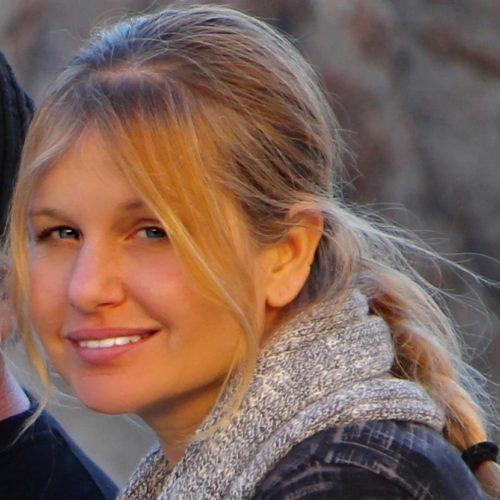
Jen:
“Nothing I’d rather do than escape into the wild, lose cell service and sleep in a tent under the stars”,
My love and passion for travel started as a child. My grandparents traveled to many remote exotic places bringing me postcards and stamps that stirred my imagination. My parents and other family participated in foreign exchange student programs and I was always fascinated by these interesting visitors sharing stories of far-away lands. This sparked my curiosity and passion to see those places for myself. I spend as much time as my work schedule allows camping and exploring remote spots. Join me on my adventures as I share my stories and travel tips @jen33travel and Jenrogers33.com.
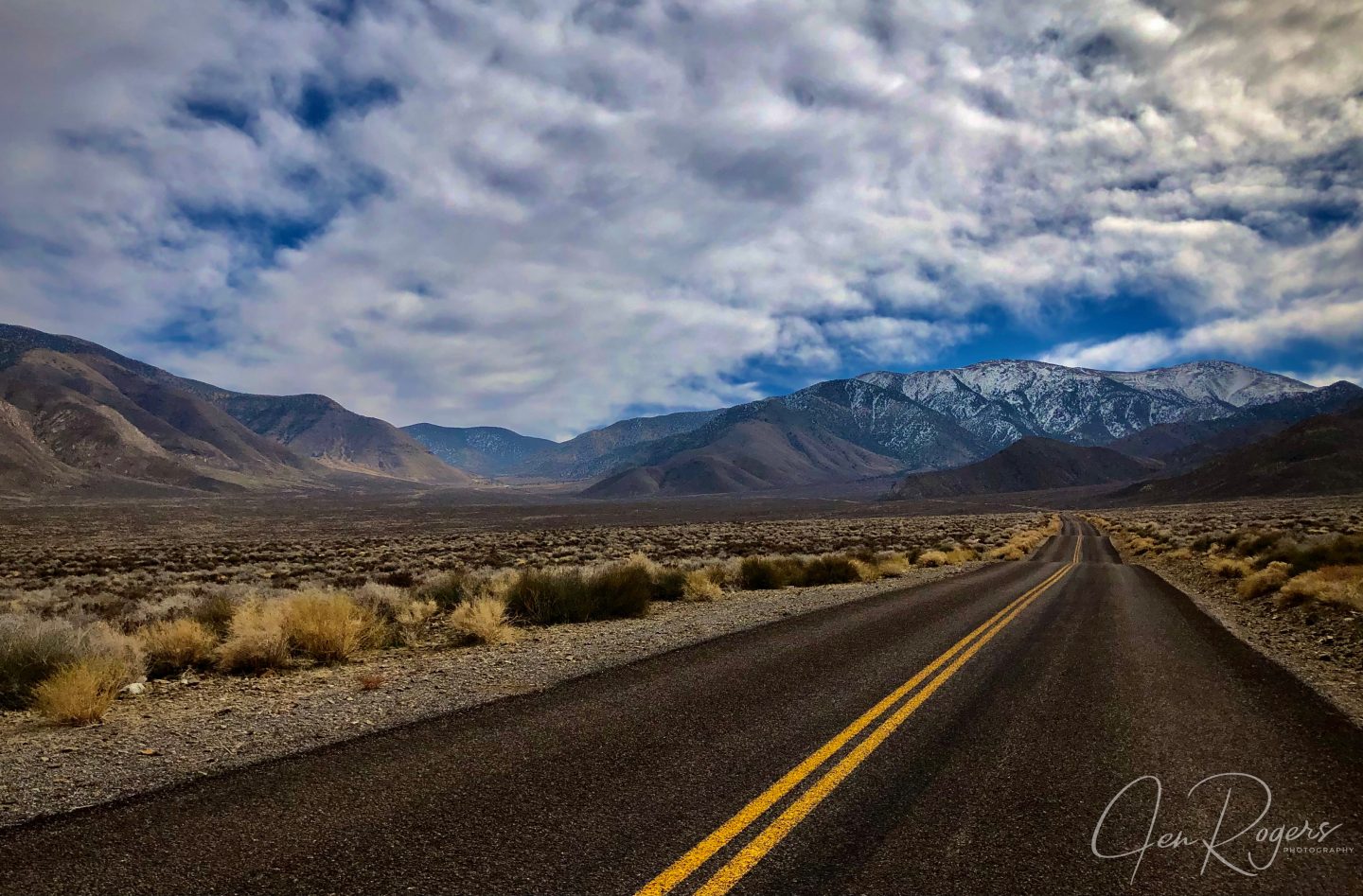
Pingback: Road Trip Back in Time to Bodie Ghost Town – New world
Thank you so much Famisha. Death Valley is truly incredible and diverse!
Jen
Once we Brits are allowed back in the US – we are heading straight there!
Thank you so much! I hope you get a chance to!
Jen
So welcome Andrea! It is truly an incredible and diverse park. I hope you get a chance to see it.
Jen
We spent 12 nights in the park, against all recommendations of most people. But it was worth it, absolutely, and you do it justice, Jen. Great descriptions.
Jen is such an amazing expert on the area.
Thanks Gap Beetle!
Thank you so much! It truly is an incredible park. How amazing to have that much time there! I bet it was fanstastic.
Jen
This article makes me want to get in the car RIGHT NOW and explore! So well written — keep sharing your travel inspirations!
Thanks for your comment! As soon as lockdown finishes, we’ll be doing just that! If you haven’t already, check out Jen’s instagram account.
Thank you so much Lin! So great to hear you enjoyed it.
Jen
Such a well-written article bringing these lesser known gems to my attention.
Thank you. Jen’s made us want to return and explore too.
Thank you Cynthia!
Jen
We hope you get to go!
Awesome Jen.. @Ptone_joe
Thanks. Hope you follow her feed.
Thanks so much Joe!
Jen
Thanks for commenting. Jen certainly is an expert on the area!